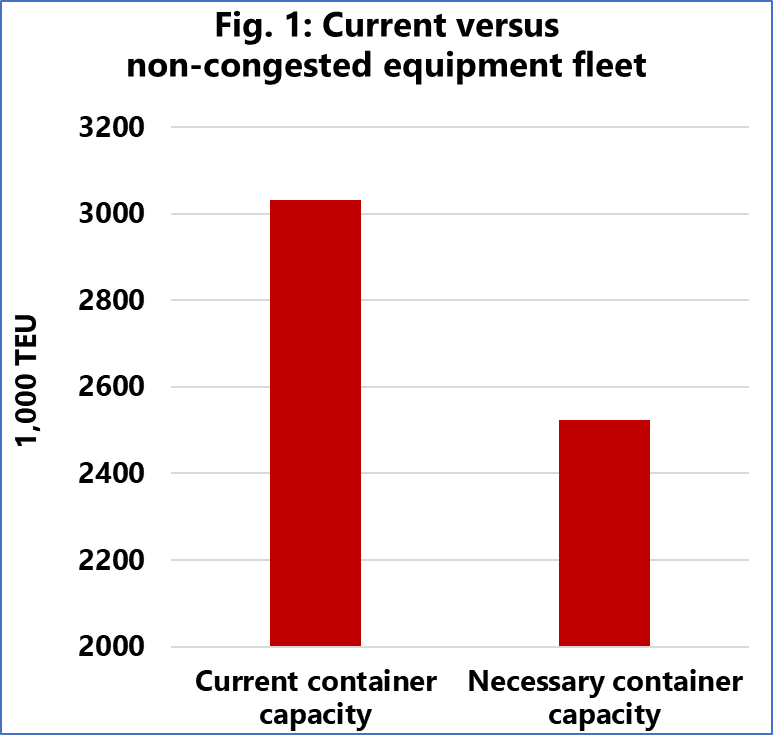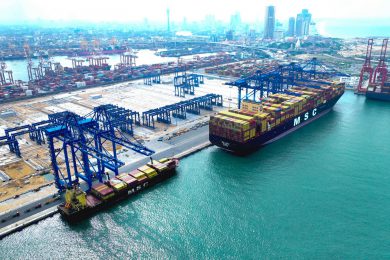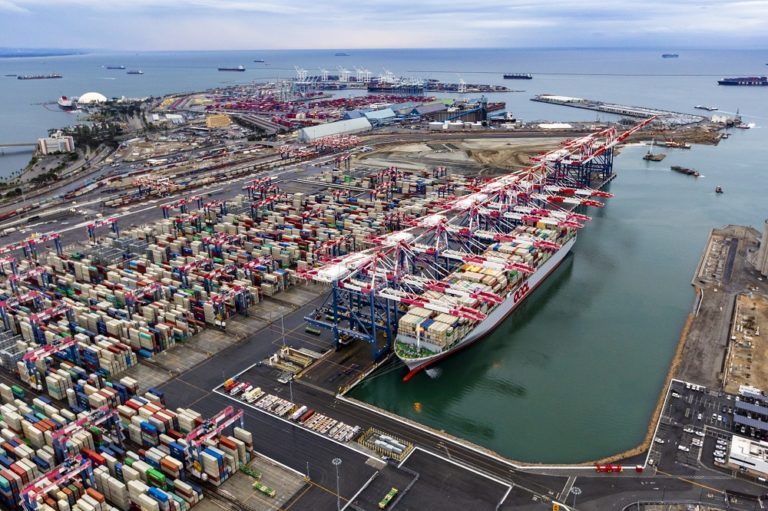The impact of supply chain problems, which have existed for two years now, is very large, leading to a significant extension of transport time, both in maritime and inland transport.
The bigger the problems in the supply chain, the greater the need for containers, but when the problems are reduced, the need will be reduced too.
To quantify the above, the Danish maritime data analysis company Sea-Intelligence, in issue 564 of Sunday Spotlight, examined the data provided by Hapag-Lloyd and matched the volume of cargo transported and the equipment fleet over a longer period. All of this is accompanied by the caveat that Hapag-Lloyd’s operational performance in relation to their equipment is taken as a proxy for the entire market.
Sea-Intelligence started the analysis by looking at the development of both the size of the equipment fleet and the number of containers transported over the last 12 years. The efficiency of the equipment was then calculated by looking how many full loads of cargo were transported per container in the equipment fleet.
In 2010-2014, the effectiveness of the equipment fleet was relatively stable at 1.3 loads per container per quarter, followed by high volatility in 2014-2017 and stabilising again at an average of 1.18 full loads per container in 2018-2019.

In 2020-2022 the effectiveness decreases significantly to 0.95 loads per container in the 4th quarter of 2021 and seems to improve slightly to 0.98 in the 1st quarter of 2022.
Contemplating the normalisation of the supply chain in the first quarter of 2022, Hapag-Lloyd needed an equipment fleet of just over 3 million TEU to move their cargo. If the supply chain bottlenecks were removed now, Hapag-Lloyd would need 17% fewer containers in their equipment fleet, compared to what they have presently. If this is representative of the global market, there would be a need for 17% fewer containers than what we currently have.
The global container fleet reached 50 million TEU in 2021. If 17% of this becomes redundant, this equals 8.5 million TEU in excess equipment. Accommodating for the 4.5-4.8 million additional TEU to be delivered in 2022, and we end up with 13 million TEU of excess containers in 2023, Sea-Intelligence highlights.























